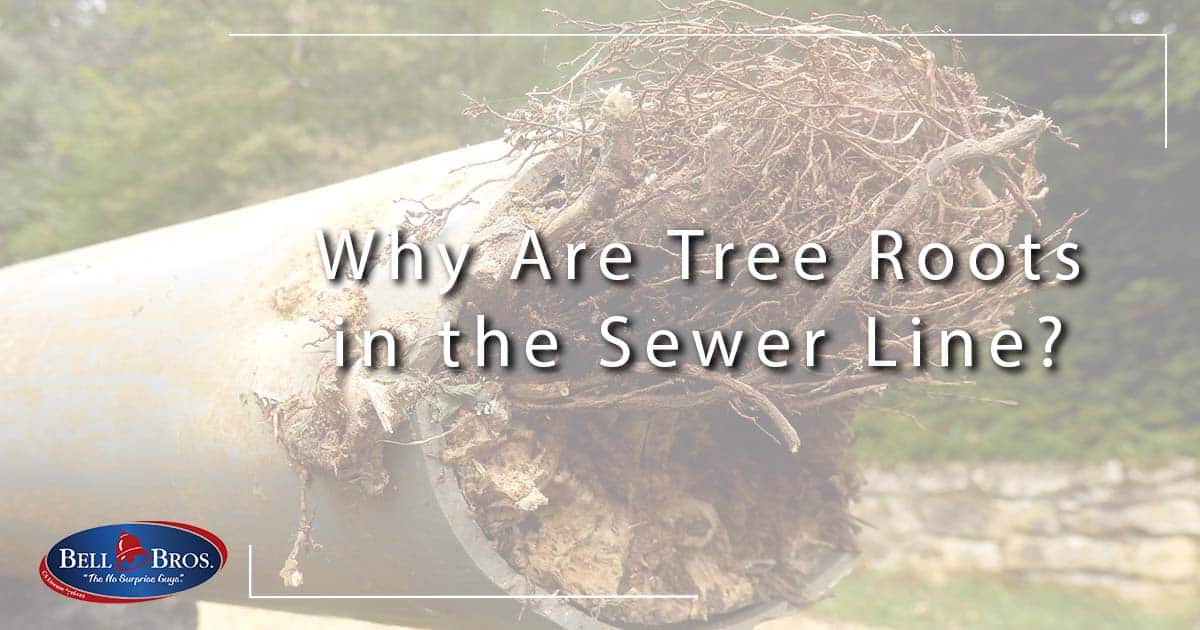
And unfortunately, it’s more common than you’d think for tree roots to find a new home inside your sewer line. But why are there tree roots in the sewer line? How can you prevent tree roots growing in your sewer line? What happens if they invade? And more importantly, how do you fix it?
Roots Grow Toward a Water Source
It’s a fact of nature. To survive, tree roots will grow in the direction of an available water and oxygen resource. Unfortunately for you, the best resource in your yard is your plumbing system. Even a small crack or hole can release enough water to attract roots. In turn, those roots will grow towards the crack in your pipe, eventually growing into and breaking the pipe.
What Happens If You Have Tree Roots in The Sewer Line?
So, what exactly is the problem with tree roots growing inside your sewer line? What damage can be caused? And how big of an emergency is it if you spot the signs?
Broken Pipes
Trees, by their nature, are strong. This extends to their roots. So, if there’s even the tiniest of fractures in your pipes, a tree root will start to grow into your pipe and will eventually break it.

Yard Sinkhole
Broken pipes lead to leaks. And big ones at that. Your lawn will suffer massively, turning it into a huge, sewage-scented sinkhole.
You Will Need Repairs
Above all, tree roots don’t disappear on their own, and it’s a job that can’t be done by the average homeowner, you need to call in a professional. And if there are tree roots spreading, it’s only a matter of time before the problems get worse and will cost more to fix.
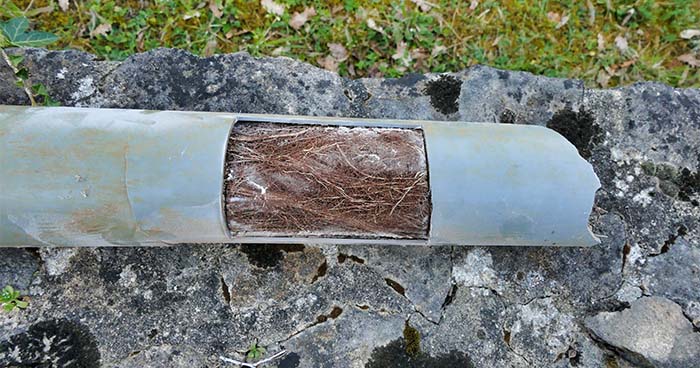
Signs You Have Tree Roots in Your Sewer Line
How do you know you have a tree-root problem? Since you can’t open the hood and look for tree roots, here are the tell-tale signs that you have tree roots in your sewer line.
Soft or Flooded Parts of the Lawn
Perhaps one of the more obvious signs is a squishy, soft patch on your lawn. This is due to a broken or fractured drainpipe, which causes water (and sewage) to escape. The excess moisture will cause your lawn to flood. Take a stroll around your yard, paying particular attention to the texture of the grass.
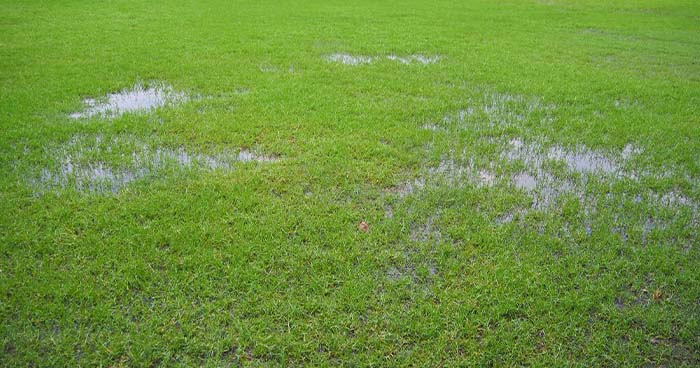
Recurring Drain Clogs
If you notice that you’re needing to frequently treat multiple drains in your home with a chemical drain cleaner, there’s a good chance you have tree roots in your sewer line.
Sewer Smells
Perhaps one of the most unpleasant parts of having tree roots in your sewer line is the overwhelming scent of sewage.

What To Do If You Have Tree Roots in Your Sewer Line
You now know how to identify symptoms of a tree-root invasion inside your sewer line. But what are you supposed to do about it? How do you fix a sewer line clog?

Do Not Treat Tree Roots with Chemicals
While it’s tempting to head to your nearest gardening or home improvement store to purchase a chemical solution, we strongly advise that you don’t. Certain chemicals can react badly with your pipes, and it may do more harm than good.
How to Avoid Tree Roots in the Sewer Line
Chances are, if you’ve ever experienced a tree root problem in your sewer line, you never want it to happen again. And, if you’ve yet to have a tree root issue inside the sewer line, it’s an experience that you don’t ever want to have.
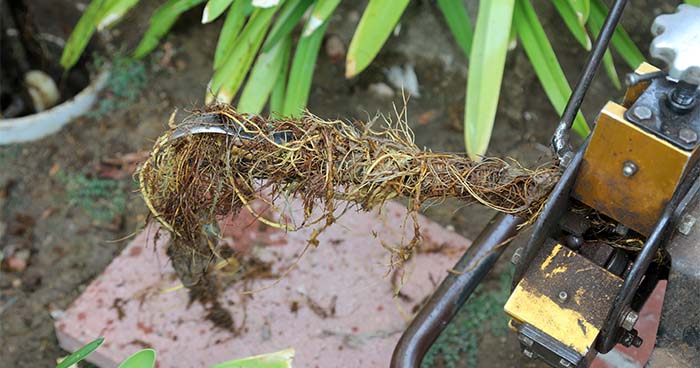
Be Mindful with Landscaping
One of the best ways to avoid having tree roots in your sewer line is by being cautious about where you plant trees.
Replace Any Broken Pipes
A broken pipe is irresistible to a tree root. It’s like an open invitation to set up shop. So, if you have even the smallest of cracks or fissures in your pipes, you’ll need to get them repaired or replaced. Not doing so can lead to a severe tree root invasion.
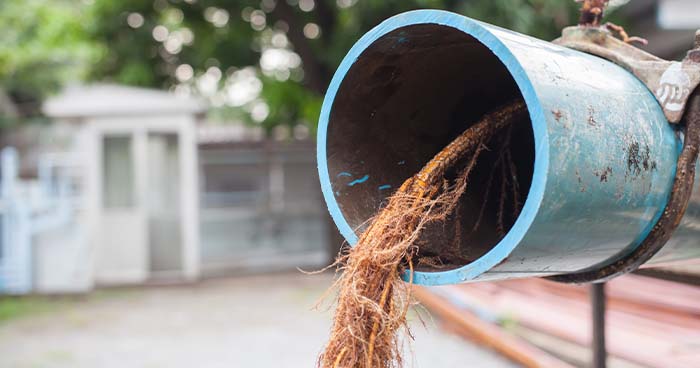
Consider a Plumbing Inspection
Finally, the last preventative measure for tree roots in the sewer line is to schedule plumbing inspection. During this inspection, a licensed plumber can send a camera down your pipes and look at the condition of your sewer line.

